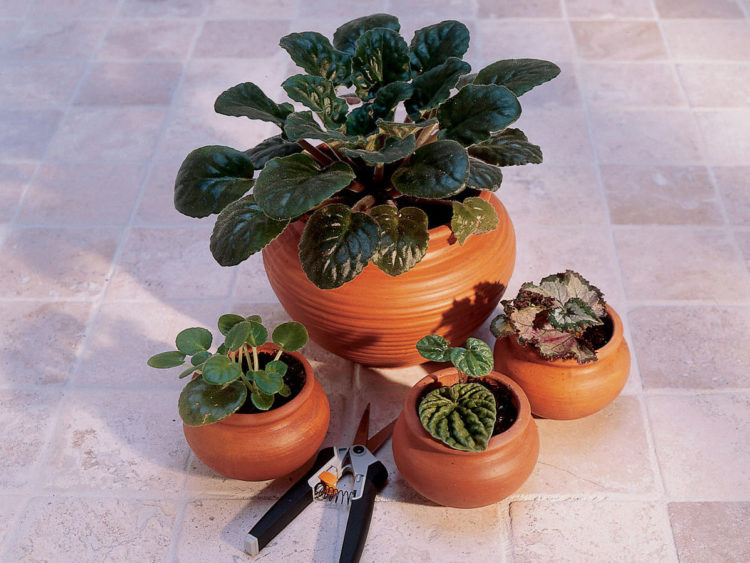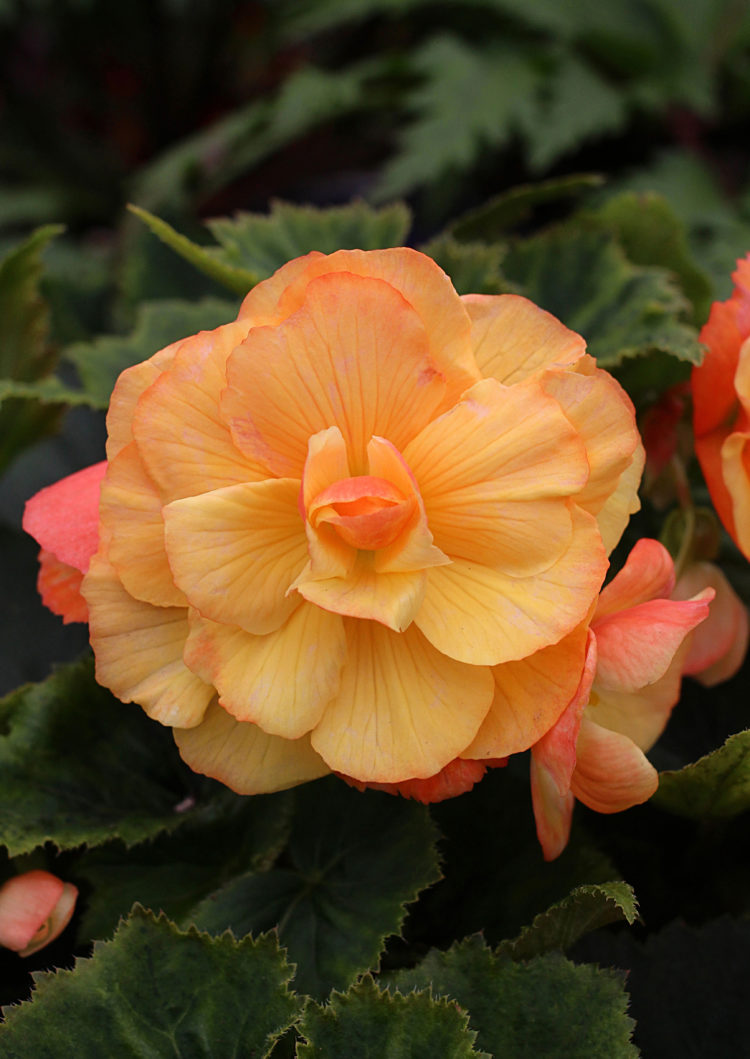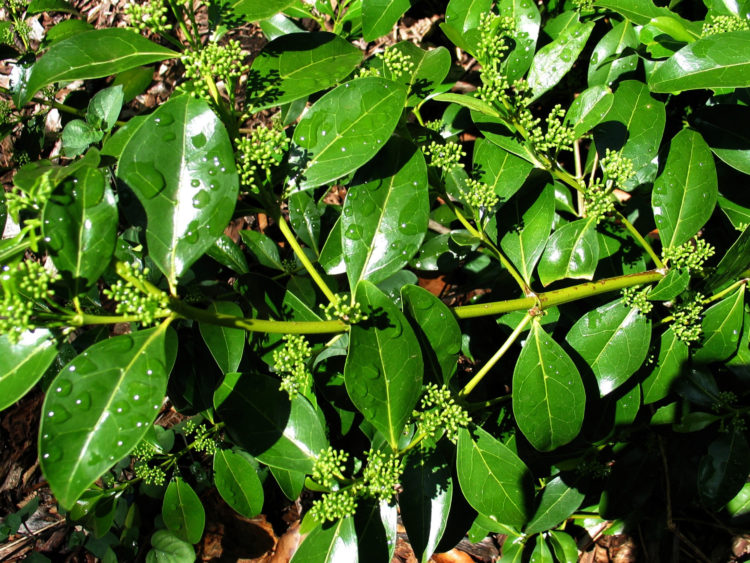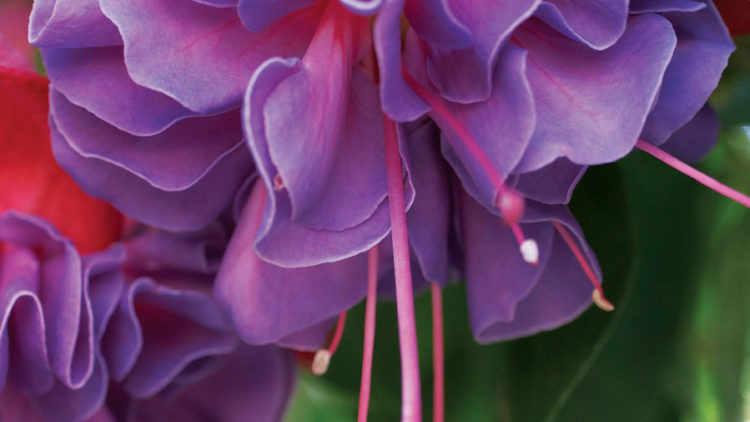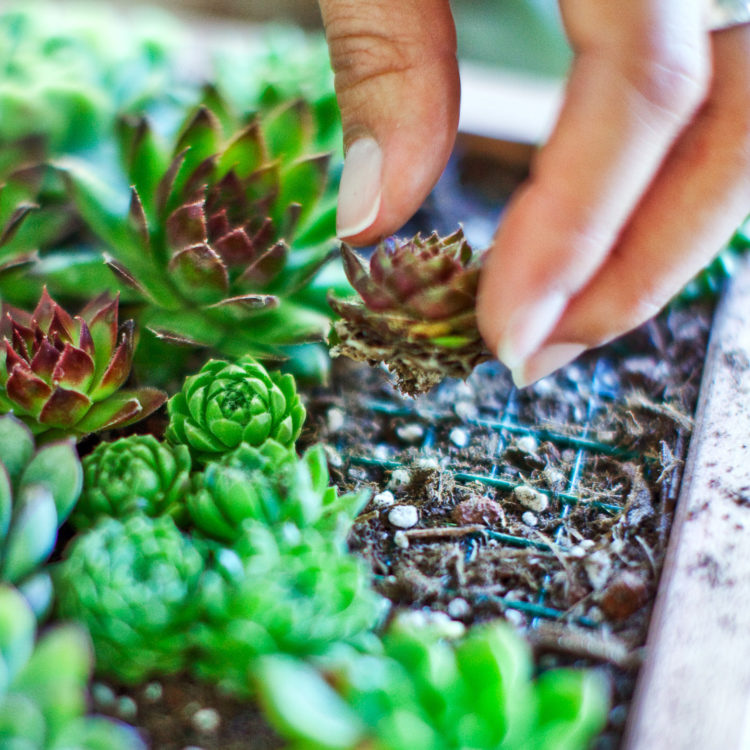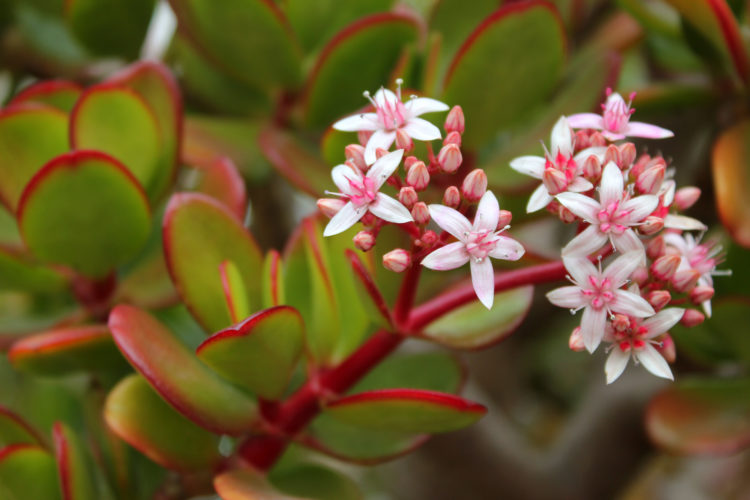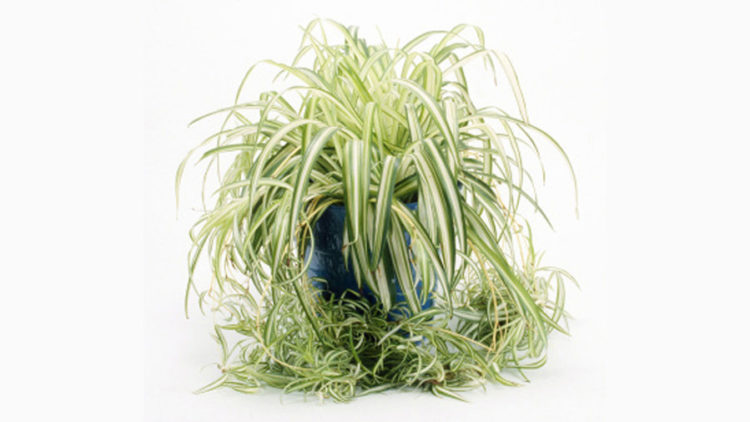Jedrzej Kaminski/EyeEm/Getty Images
Softwood Cutting
The easiest and fastest method for multiplying your houseplants, softwood cuttings are made at a plant’s stem node (where leaves generally emerge) and can be put in water in a sunny location until roots sprout. Geraniums and pelargoniums are easy choices to propagate via this method.
DEA/C. DANI/Contributor/Getty Images
Pothos
A green fixture in many a dimly-lit office building, pothos is one of the easiest, most forgiving houseplants to grow. What’s more, it produces roots at its nodes, making it easy to just snip and place in water, or moist soil, to produce an army of new tough-as-nails plants.
Thomas J. Story
Leaf Cutting
Leaf cuttings are great for propagating plants with fleshy leaves, like African violets or Rex begonias. Begonias need to be cut at the vein and placed in contact with evenly moist soil, while African violet’s leaf stem must be buried in potting medium. New plants form at the leaf’s base within a few weeks.
Courtesy of Annie’s Annuals and Perennials
Courtesy of Annie’s Annuals and Perennials
Begonia
The cultivars and species of begonias are about as varied as the stars. Fortunately, all are forgiving, given plenty of indirect sunlight and regular watering. Angel-winged begonias respond well to softwood stem cuttings, while fleshier-leafed types can be propagated via leaf cutting.
Creative Commons photo by David Eickhoff is licensed under CC BY 2.0
Hardwood Cutting
Woody and semi-woody houseplants can be propagated, too—although the process is a little more challenging. Follow the same game plan as with softwood cuttings, but remove all leaves from the woody cutting before dipping it in a little rooting hormone and burying the bottom in moist, freely-draining potting soil.
Linda Lamb Peters
Fuschia
A gorgeous and gaudy addition to any potted garden, indoor or out, fuchsias are one of the easiest woody plants to propagate. Simply snip a 3-4-inch-long portion at a node and place in water. Once roots grow, this little cutting will branch out into a new plant in no time at all.
Thomas J. Story
Succulent and Cactus Cutting
Although some succulents can be a little finicky to care for, most are easy to propagate: Snip off a leaf or pad and place on top of cactus mix. Allow the plant’s wound to callous and watch over the course of several weeks as new roots emerge and find their way into the soil.
Creative Commons photo by Quinn Dombrowski is licensed under CC BY 2.0
Jade
Given adequate care, jade will grow into a window-filling shrub. One of the easiest plants to propagate, jade often sends out roots where stem tissue comes in contact with soil. Snip these sections off and watch a whole new plant grow and flourish.
Creative Commons photo by Quinn Dombrowski is licensed under CC BY 2.0
Viviparous Plants
Miracles of the plant world, viviparous plants (such as mother of thousands, pictured) bear tiny, complete plants along the margins of their leaves or a portion of the parent plant’s stem. These little wonders require virtually no work to get started: Just pop them off and plant in freely-draining potting soil.
Mark Burnett/Getty Images
Spider Plant
One of the most common examples of vivipary, the spider plant grows new babies along the stalk where its flowers once bloomed. These plants have excellent water-storing capabilities and are incredibly tolerant of dry soils and a wide range of light conditions.


